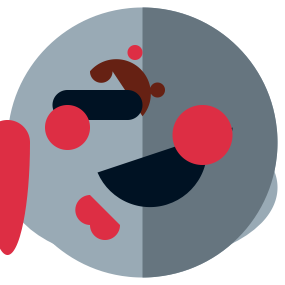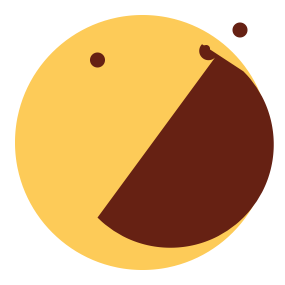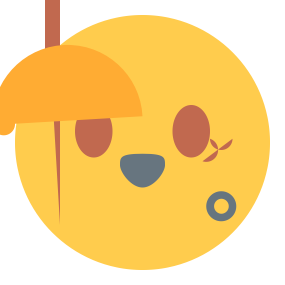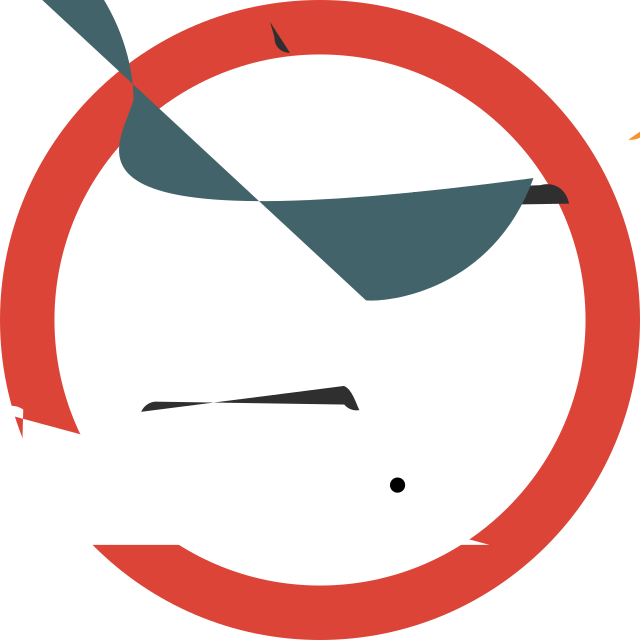tesh-Reading02
1A:
One example of Effective Complexity in artistic media that I have been interested in have been Neural Networks. I follow some artists and coders who feed different datasets into the neural network system char-rnn in order to let the system generate more based off of the data that gets fed in. It is always interesting and funny to see what the network comes up with as there is always a sense of control and that the answers will not get too out of hand but it is interesting to see what words or characteristics the neural network gets hung up on, repeats often, or avoids completely. It feels controlled but also organic and surprising in many ways.
Here is an example by exceptionalpotato that was done with char-rnn on this dataset of emoji to create a set of glitchy emoji expressions:






You can find more Here, Here, Here, Here, and Here.
1B:
I am interested in The Problem of Creativity in regards to generative systems and how to make generative computing more creative. I think it can be hard to determine in what ways to calibrate a generative system in order to keep it creating more continually interesting outputs. It is also important to consider what keeps this kind of system creating, and whether the main changes between pieces generated by a system are largely based on input data, environmental factors, or if the creativity comes more from the logic and innovation of how the system works as a whole rather than of individual pieces. One related question that Galanter brings up is whether a self-sustaining system that runs based on input from its surroundings can allow for the emergence of controlled emergent behaviors. It really highlights the question: Is a generative system creative because of the parameters it starts with or is it due to emergent behavior based on changes in the environment of the system?